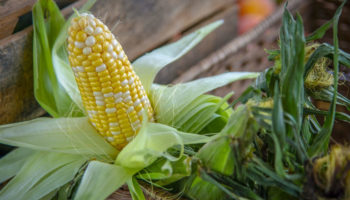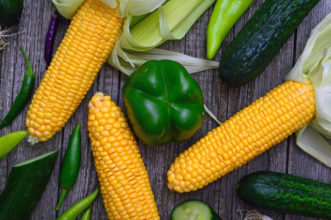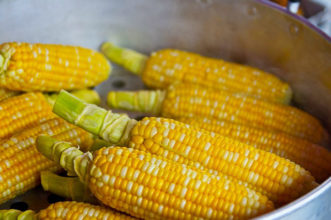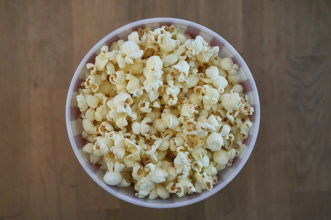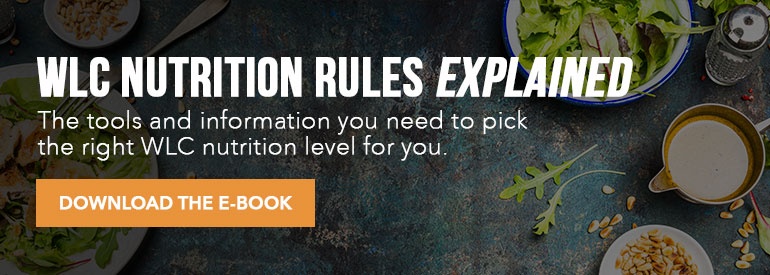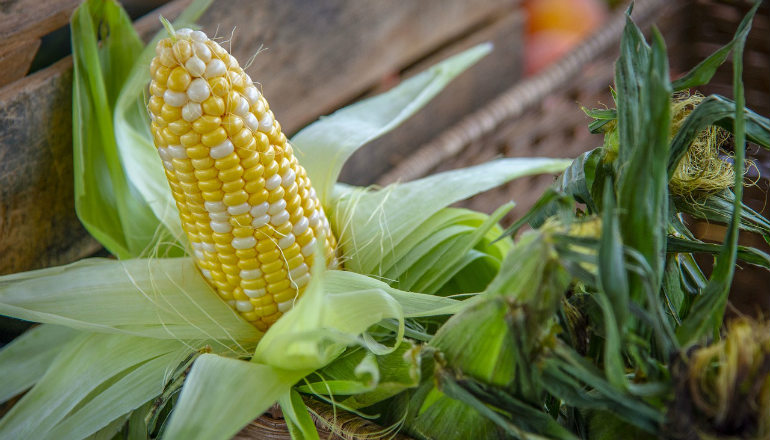 Reading Time: 8 minutes
Reading Time: 8 minutesNothing says “America” like the vast corn fields in our rural lands. For good or bad, our nation runs on corn. We cook the stuff, grind it, press it, burn it, ferment it, feed it to animals, pop it, rub butter all over it, salt it, and use it as decor in the autumn. We even sing about it and all its uses.
But, for all the things that corn does for us, is it a good thing?
Let’s take a look at what corn actually is, if it is healthy or not, and some basic guidelines on the pros and cons of how and when to consume it.
Note: for the purpose of this article, we won’t dive into environmental, genetically modified products, or economic impacts. Volumes can be written about these topics, and the answer is certainly complicated. For now, let’s see what corn, the basic crop, really is about.
The Conundrum of Defining “Corn”
I’m sure if you asked people on the street what corn is, you would get a wide range of answers. It’s part of a group of plant goods that are constantly debated when it comes to the category they fall under, like avocados, tomatoes, and quinoa. Vegetable? Fruit? Grain?
According to Merriam-Webster dictionary:
- A fruit is the usually edible reproductive body of a seed plant especially : one having a sweet pulp associated with the seed
- A vegetable is a usually herbaceous plant (such as the cabbage, bean, or potato) grown for an edible part that is usually eaten as part of a meal
- A grain is the seeds or fruits of various food plants including the cereal grasses and in commercial and statutory usage other plants (such as the soybean)
Confused yet? While it may seem a simple nomenclature topic that has little impact, there are important reasons for food classifications. An 1893 Supreme Court case, Nix v. Hedden, debated the identity of tomatoes: vegetable or fruit? Was this because bananas were suing tomatoes for defamation of character? Hardly. It had to do with fruit being taxed at a lower rate than vegetables, so sellers wanted the tomato to be called a fruit to save money. For the record, tomatoes were classified as a vegetable in the court case.
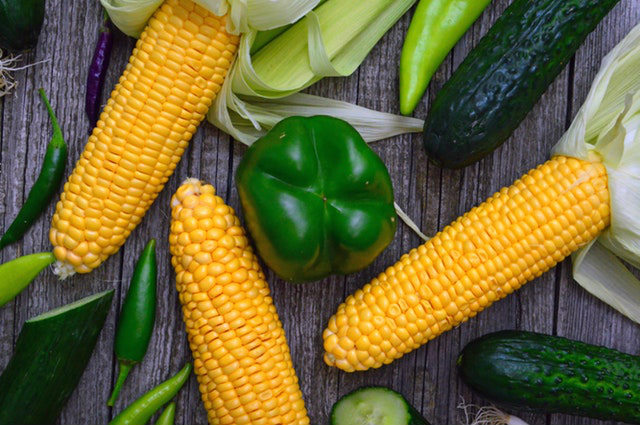
Corn is in the maize family. These are basically long grasses that originated in southern Mexico. When we harvest sweet corn, which is picked slightly before plant maturity, it can technically be a vegetable. Typically, however, corn is considered a cereal grain. Perhaps we can meet in the middle and call it a vegetable grain, depending on its use.
We see corn everywhere. Even where you cannot see it, many products on store shelves use corn. Corn oil, corn meal, tortillas, and the much-maligned high fructose corn syrup all are derived from that simple plant that grows in large fields. And, as with many plant products, the further away we get from that nice yellow cob, the more questionable the health effects. So, let’s first look at corn on the cob in terms of nutrients.
Crunching the Numbers on Corn-on-the-Cob
Numbers vary depending on the size of the corn, but on average an ear of corn is:
- 75 to 100 calories
- 3 grams of fiber
- A few grams of protein
- 30 grams of carbohydrate
- About 350 mg of potassium
- Smaller amounts of calcium, magnesium, and vitamin C
- Trace amounts of other vitamins and minerals
I would label an ear of corn as perfectly healthy. Though it’s not the most nutrient-dense produce, it makes a nice addition to a meal. It is relatively low in calories, has a decent amount of potassium, and has some smaller amounts of various vitamins and minerals.
An ear of corn reminds me of a white potato. By themselves, both offer nutrients at a low calorie-cost. It’s the extras we dump onto the corn or potato that make things murky when discussing nutrition. For baked potatoes, common toppings include bacon bits, sour cream, butter, and chives. (Chives, that’s a vegetable, right?) With corn on the cob, many people dump on the salt and butter and dig in.
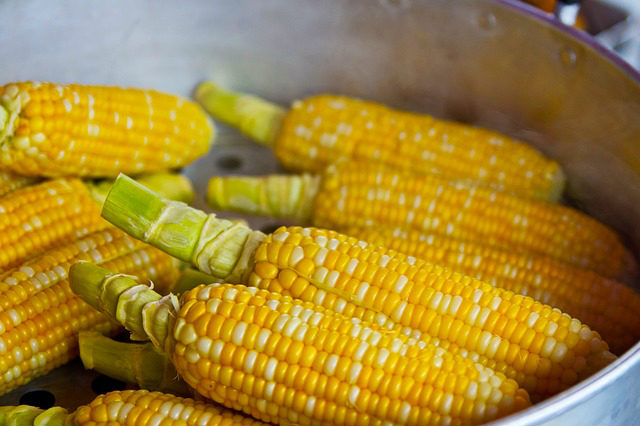
I remember being four or five years old, living in upstate New York. My parents grew a small patch of corn, and we would boil water, pick the corn, and dump it right into the pot. Trust me: fresh corn needs no assistance to be delicious. Unfortunately, much of our modern produce is a few days to weeks old by the time it ends up on our table, and this directly impacts our flavor experience (and, therefore, our salt and butter compulsion).
My advice, if you like to eat corn, is to eat it fresh when it’s in season from local sources. It varies with different varieties of corn, but usually May to September is the best time to get it fresh. As with other produce, frozen and canned corn have their downsides, like loss of nutrients, but it still may be better than old “fresh” corn in the produce section. Just be sure to use the minimal effective dose when it comes to butter and salt.
Corn, Corn, Everywhere
Things get more spread out with regards to corn when we enter the middle aisles of the grocery store. Many products contain corn that wouldn’t seem so obvious. For the best information on which products contain corn, what better source then allergies? People allergic to corn should avoid anything that once looked like corn.
According to the Golisano Childrens Hospital, here is a list:
- Corn flour, cornmeal. corn gluten, cornflakes, etc.
- Cornstarch, also listed on labels as starch or vegetable starch
- Corn oil
- Corn syrup or high fructose corn syrup
- Dextrins
- Maltodextrins
- Dextrose
- Fructose or crystalline fructose
- Hydrol, treacle
- Ethanol
- Free fatty acids
- Maize
- Zein
- Sorbitol
That’s a lot of “stuff” to look for on labels. And, honestly, it can be difficult reading labels — because you would think “vegetable starch” would be from things we clearly recognize as vegetables like cabbage or peppers, right?
Instead of diving into a wormhole when it comes to each chemical/product listed above and deciding if it is or isn’t a great option, we can instead make some generalized guidelines for ourselves:
- The old saying of shop the perimeter, although far from perfect, is a good rough outline. Get whole fruits, vegetables, and your maize on the perimeter of the store. Outside of canned or frozen corn, the middle of the store probably contains mostly the above list of corn derivatives.
- If a product contains corn derivatives, it probably also contains other undesirable ingredients like excess sodium, trans fat, and excess calories. And it’s likely been altered to where it’s quite easy to overeat.
- Candy corn is not corn, sorry. Actually, some of it is. Ingredients typically include corn syrup, dextrose, and confectioners’ sugar. Confectioners’ sugar has corn starch in it. See how deep some of these ingredients go?
Some exceptions to the rule? Corn tortillas, wraps, and the like can be a handy substitute for those looking to avoid wheat (which is why we allow them in moderation on the Kickstart and Lifestyle levels of the Whole Life Challenge).
The Inevitable Question of Popcorn
And then there’s the popped corn dilemma. Plain popcorn is not inherently bad, but the issue is the way we eat popped corn. The abundant toppings — like salt and butter or, worse, fake butter or fake cheese (and don’t get me started on all the popular sugary coatings) — makes this a not-so-nutrient dense food. It’s also what I call a “busy snack food.” Meaning, we eat it while being distracted with a movie or event.
To keep popped corn from verging into unhealthy territory, we need to consume it plain, eat as a planned snack between meals, and hold ourselves to one portion. If you feel that you may overeat popcorn, then it’s best to avoid it. (This is why it is “non-compliant” when you play the Whole Life Challenge — so you can take a step back to consider your popcorn-eating habits.)
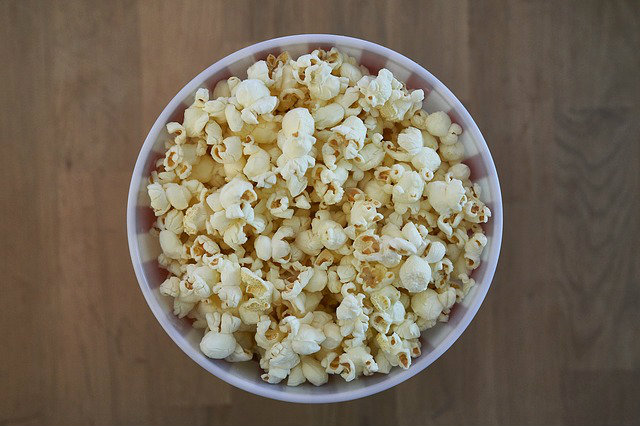
A Special Note on Phytic Acid and Whether Corn Is Paleo
Corn contains phytic acid, which many grains do. It can bind minerals in your gut, leading to less absorption. However, phytic acid isn’t all bad, and if you eat things like corn only seasonally, it shouldn’t be a problem. Of course, you can also soak and ferment your corn to release some of the phytates. Ferment your corn long enough, and you have the ultimate health food — whiskey (I kid!).
In addition, some people may avoid corn if they are following a “paleo”-like nutrition plan, as corn is high in starchy carbs and calories. For this reason, you’ll see that corn is absent from our Performance level compliant foods.
It’s Not About Avoiding Food; It’s About the Food You’re Missing
All in all, corn is a fine addition to your plate — as corn. It’s not a superfood by any means, but it can hold its own as a seasonal food with some health benefits.
Keep foods that have things like high fructose corn syrup, corn oil, vegetable oil, and the like to a minimum. Foods that you enjoy once in a while are one thing, but we do not want to have these foods on a daily basis. We can call these items “processed” foods, but salad is technically “processed,” too. I prefer the term “altered.”
Many of these “altered foods” may be harmless, but the bigger picture of our nutrition is about more than just avoiding “harmful” foods. Simply avoiding something (like corn ethanol, which I wouldn’t recommend sucking out of the gas pump) is important, but also quite an obvious thing to do.
The bigger picture of truly building a healthy nutrition approach for ourselves is also about considering what we are not getting in our diet. Because for every food we eat that has more derivatives of corn and other at-one-time produce, we get less of the vitamins and minerals our body truly needs.
